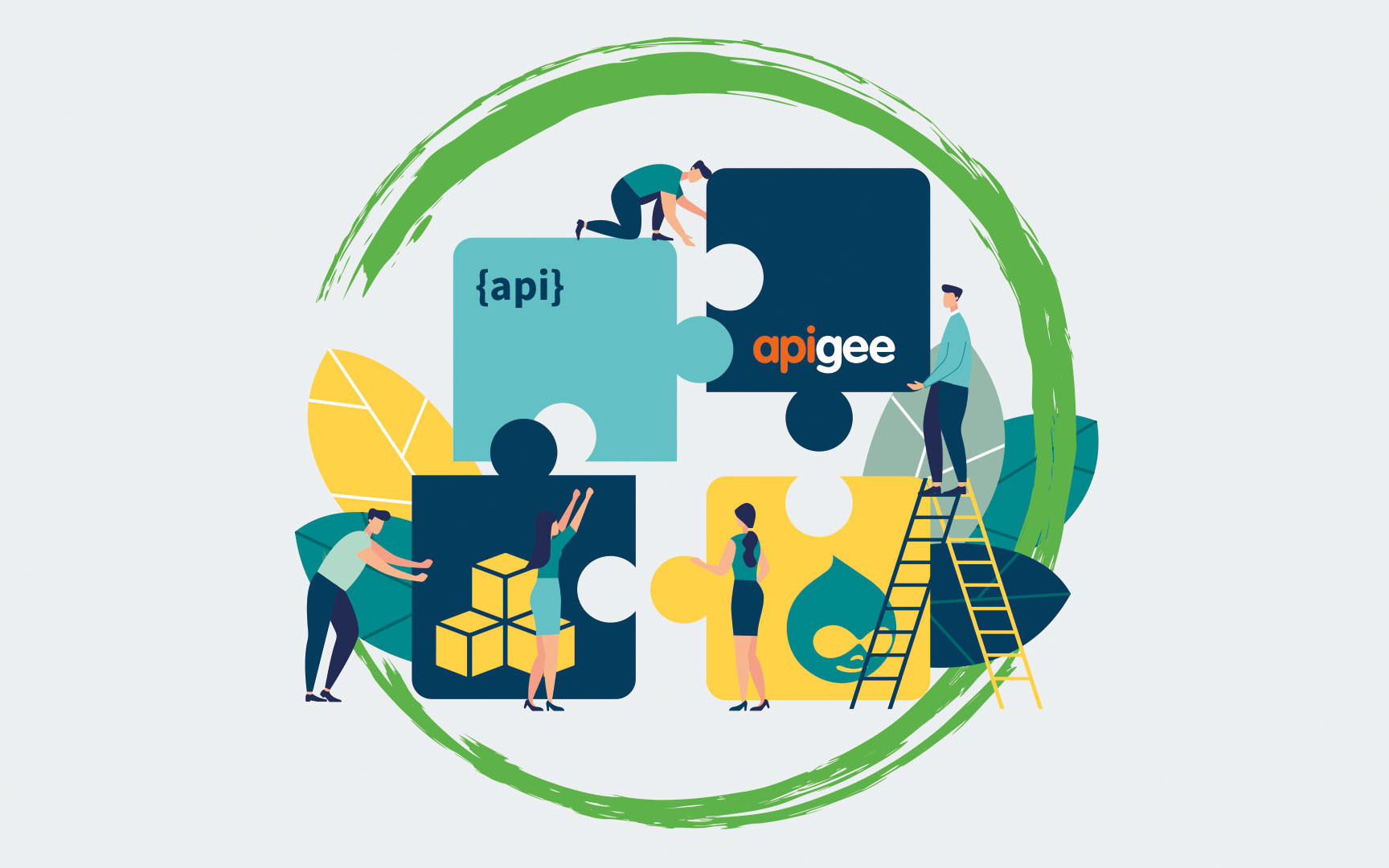Plan your DevPortal in parallel with your API management tools
Breadcrumb
- Home
- PronovixBlog
- Plan your DevPortal in parallel with your API management tools
Our previous article, Which API management tool, explained the choice overload of options for API development platforms, gateways, and management solutions.
In this article we explore the requirements used to decide your API development platform, API gateway, or API management solution and why you should plan your DevPortal in parallel.
With or without API management tools, a documentation portal is a requirement for good software development practices.

Google Apigee API management is recognized for addressing business needs by allowing API developers the flexibility to adapt to their business needs through integration with bespoke Drupal CMS based developer portals such as Pronovix’ Zero Gravity developer portals or Apigee’s Drupal Kickstart distribution.
There is a deluge of articles providing comparisons of API management tools from many contenders. The choice of tool is based on how well they meet your needs. But how do you define what your needs are? You have the needs of the API program to measure metrics of success, needs of the upstream developer who produces and maintains the APIs, and the needs of the API consumer to discover and use APIs.
A typical example of how API management tools can be chosen by merit to the upstream developer journey is provided by Mahesh Mahadevan where he outlines 13 points of comparison from a technical perspective (reverse proxy, load balancing, authentication and authorization (role based access control), IP listing, analytics, rate-limiting, transformation, versioning, circuit breaker, WebSocket, gRPC support, caching, and finally, documentation).
Although these types of articles are great for identifying the strengths and weaknesses of API management tools, they also only take the immediate upstream developer needs as listed into consideration. Documentation is provided in the same bubble for which the developer and API provider needs are being met.
The deviation can be better illustrated using results from Smartbear’s 2020 State of the API report. Answers are in order of highest to lowest percent response.
(As an API developer) How do you measure the success of your API?
As an API Consumer, what are the top three most important characteristics you need in an API?
What becomes immediately clear is the rationale used to select your API management tool is usually determined by the points outlined in the first question ‘How do you measure the success of your API’. However, to get downstream developers onboard with your API products, you need to be able to fulfill the needs of the second question ‘What are the most important characteristics you need in an API’. The ‘ease of use’ and ‘accurate and detailed documentation’ are rarely of consideration at early stages of API tool selection.
We start to see how providing for these upstream and downstream developer needs vary when we group these requirements by API tool or developer portal functionality.
API development platforms act as a developer workspace promoting
API gateways and API management platforms are designed to promote
API management platforms intersect with Developer Portals to focus on the following:
All API tools aim to promote within their respective functionality
Developer portals support the needs of the API consumer. A good developer portal will
In conclusion, in all cases the organization or program will require ‘ease of use of APIs’ and ‘accurate and detailed documentation’ via a developer portal. The ultimate goal of selecting an API management tool is to meet the operational needs, developer experience needs, and business needs of your API program. The developer portal should be able to withstand changes to API tools as your API program grows. A developer portal should stand alone as an adaptable tool, with integrations to your API management tools, for promoting discovery and documentation of your APIs.
Special thank you to Apigee’s Kevin Bouwmeester and Raymond Peng for their advice and experience that contributed to this blog series. All Pronovix publications are the fruit of a team effort, enabled by the research and collective knowledge of the entire Pronovix team. Our ideas and experiences are greatly shaped by our clients and the communities we participate in.

Diliny is a Senior Business Product Manager at Pronovix. She focuses on understanding the capabilities of developer portals. Diliny carries out a wide array of research on topics centered on developer portals and the needs of API Teams who manage them. She holds two master’s degrees in Chemical Engineering and Science.
Articles on devportals, DX and API docs, event recaps, webinars, and more. Sign up to be up to date with the latest trends and best practices.

